Life Energy Beliefs
G
Life Force Ideas Around the World
Here are the G entries of life energy beliefs around the world and from antiquity to the present. An edited and expanded version of this Life Energy A to Z is published in my book
Life Energy Encyclopedia.
G
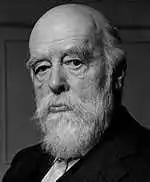
G-field is an expression connected to the English physicist Oliver Joseph
Lodge (1851-1940), used on his theory from the early 20th century about a
life force permeating the universe. He regarded matter as the concentrated
form of this force. G stands for gravity. It seems, though, that Lodge
preferred to use the word ether. See quintessence.
Gaia is the Earth mother of Greek mythology, a goddess who is the same
as the planet. The word is used in theories about Earth as a unity, a kind of
body, where all things happening on it are like processes within a living
body. It can be interpreted symbolically, as in parts of the
environmentalist movement, or concretely. One such theory, the Gaia-hypothesis, was presented in the 1970s by the English biologist James E. Lovelock (1919-). He claimed to have multiple evidence for regarding the
Earth as a biologically self-regulating mechanism.
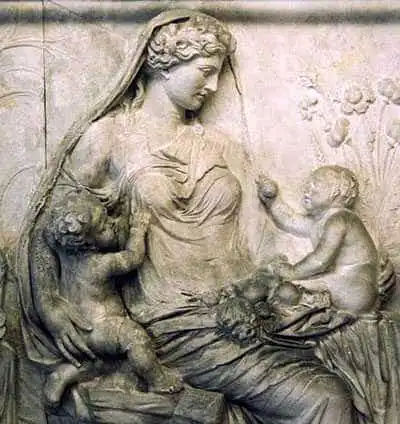
Gaia. Greek relief.
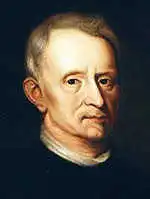
Gas (from the Greek khaos, chaos) is a term introduced by the Flemish
chemist Jan Baptista van Helmont (1577-1644), who mainly studied what
we today call carbon dioxide. Van Helmont regarded gas as a physical
principle present in all bodies of mass. Before gas was scientifically
understood, it caused a lot of confusion and speculation about the nature
of the world and its substances. Some of them have had similarities with life energy concepts like qi. See also magnale magnum and wild spirit.
Gestaltung (German for 'gestalt') is an expression for the life force used in
the year 1800 by the German author Johann Wolfgang von Goethe (1749-1832), according to Arthur Koestler: The Heel of Achilles.
Ghost see spirit.
Gloria see halo.
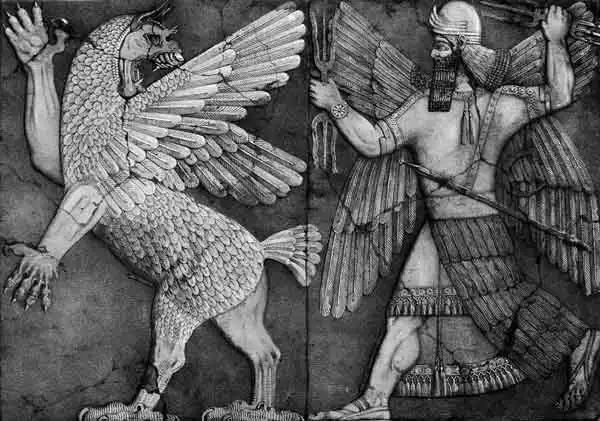
Tiamat and Marduk, Babylonian deities, on an ancient relief.
Gods are superhuman creatures in myths and religions around the world.
The term god is questionable, especially when it implies the relevance of
comparing with the Biblical god, which has often in the past been the case
in anthropology and the history of religion – but to much less an extent in
the present. In most mythologies, the gods are quite anthropomorphic,
with distinctly human traits and behavior, but still separate from the
humans – both in abilities and in their whereabouts. Common traits in
gods through all myths in the world are indeed hard to find, but some
characteristics come close to being universal. Firstly, their plural: most
mythologies and religions recognize a number of gods, with differing roles
and properties. A firm monotheism is hard to find outside of the Biblically
based religions: Judaism, Christianity, and Islam. In most cases, the gods
do not suffer the death of old age, nor do they age at all (see also life). This
could be explained by the theory that the belief in gods stems from the
belief that the spirits of ancestors live on, invisibly – like the invisible last
breath of humans (see also breath). The fact that gods are always regarded
as predating mankind is also an argument for the belief originating in
some kind of ancestral worship. Also, most gods have powers that can
affect humans, whereas humans have no power over the gods – again
implying an ancestral origin to the beliefs, since it is evident that the living
have no way of influencing those who have passed on (except for the need
of the latter to be remembered and revered). In cultures where there are
ideas about a life force, the gods are believed to have it in abundance, to
the extent that it can often be described as the very reason for their
superhuman capacities. Some divine figures are such that they seem
almost identical to the life force or another energy they express. These
gods can often be described as personifications of the forces they are
connected to. In these texts, the word deity is often used instead of god, to
avoid implying such gods as in the major world religions, especially the
monotheistic ones.
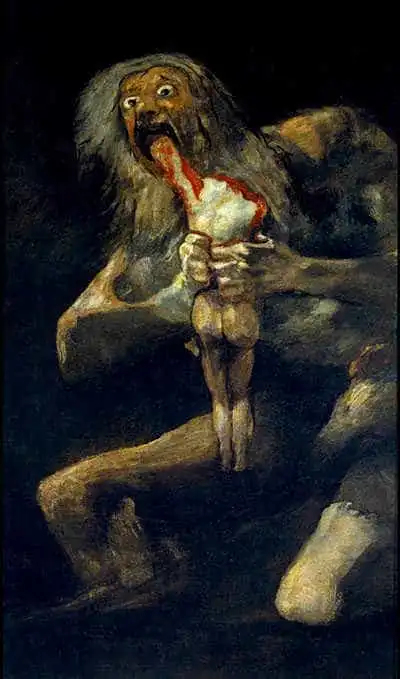
The Greek god Cronus (Roman name Saturn) devours one of his children. Painting by Francisco Goya, 1819.
Gravity field energy is a theory developed from 1953 by the German
physician Hans A. Nieper (1928-98) for a certain radiation filling all of the
cosmos. It is also called tachyon field or neutrino field, and according to
Nieper it can be used to cure some diseases. See also tachyon energy.
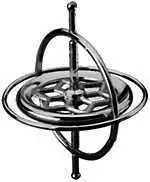
Gyroscope is a spinning top that keeps the direction of its axis
independently of the surroundings. Its behavior and the complexity of the
physical laws that describe it, have made the gyroscope popular in
speculative theories about energy. See torsion, chronal field and time energy.
Life Energy Beliefs from A to Z
|
My Life Energy Books
Qi, prana, spirit, ruach, pneuma, and many other life forces around the world explained and compared. Click the image to see the book at Amazon (paid link).
The life energy qi (also chi or ki) explained, with several very easy exercises to awaken, increase, and use it. Click the image to see the book at Amazon (paid link).
|
My Other Websites
The ancient Chinese life energy
qi (
chi) explained and how to exercise it.
Creation stories from around the world, and the ancient cosmology they reveal.
What the Greek philosophers believed about the cosmos, their religion and their gods.
Taoism, the ancient Chinese philosophy of life explained. Also, the complete Tao Te Ching online.
Other Books of Mine
The Greek philosophers and what they thought about cosmology, myth, and the gods.
Click the image to see the book at Amazon (paid link).
This book examines Jungian theories on myth and religion, from Carl G. Jung to Jordan B. Peterson.
Click the image to see the book at Amazon (paid link).
The Taoism of Lao Tzu Explained. The great Taoist classic, translated and extensively commented chapter by chapter.
Click the image to see the book at Amazon (paid link).
Erroneous Tao Te Ching Citations Examined. 90 of the most spread false Lao Tzu quotes, why they are false and where they are really from.
Click the image to see the book at Amazon (paid link).
About me
I'm a Swedish author and historian of ideas, researching the thought patterns in creation myths. I've also written books about Taoism, the Tarot, and life force concepts around the world.
Click the image to get to my personal website.
 Cosmos of the Ancients
Cosmos of the Ancients Archetypes of Mythology
Archetypes of Mythology Tao Te Ching
Tao Te Ching Fake Lao Tzu Quotes
Fake Lao Tzu Quotes Stefan Stenudd
Stefan Stenudd





 Life Energy Encyclopedia
Life Energy Encyclopedia Qi — Increase your life energy
Qi — Increase your life energy